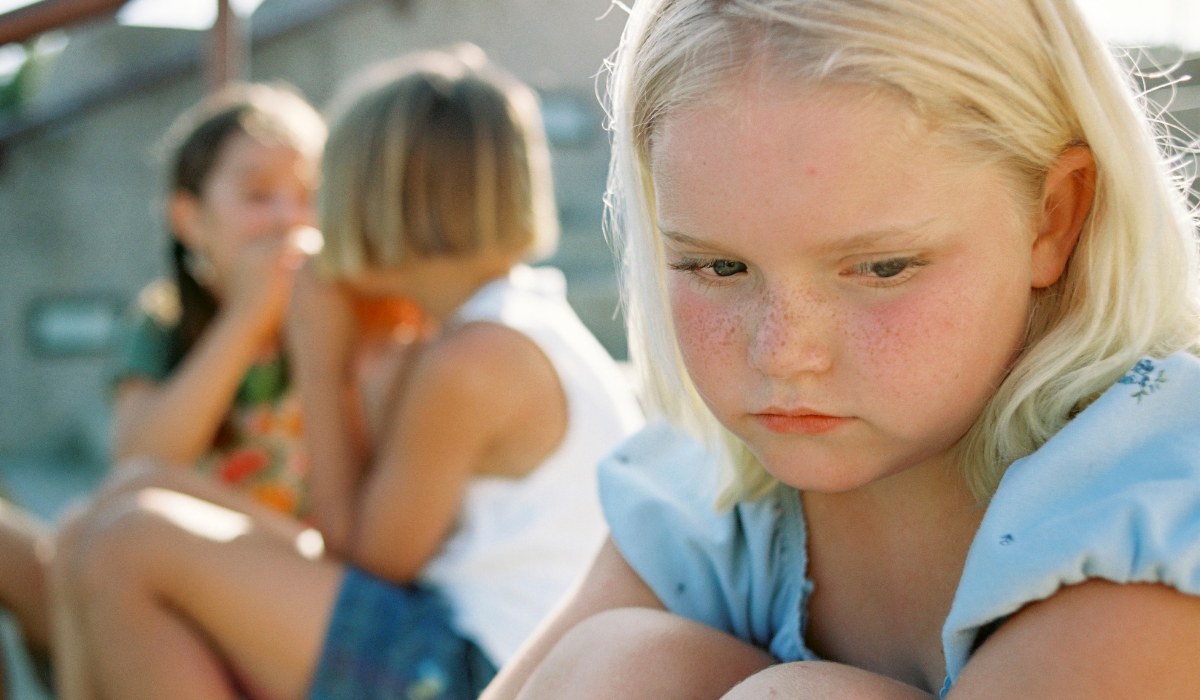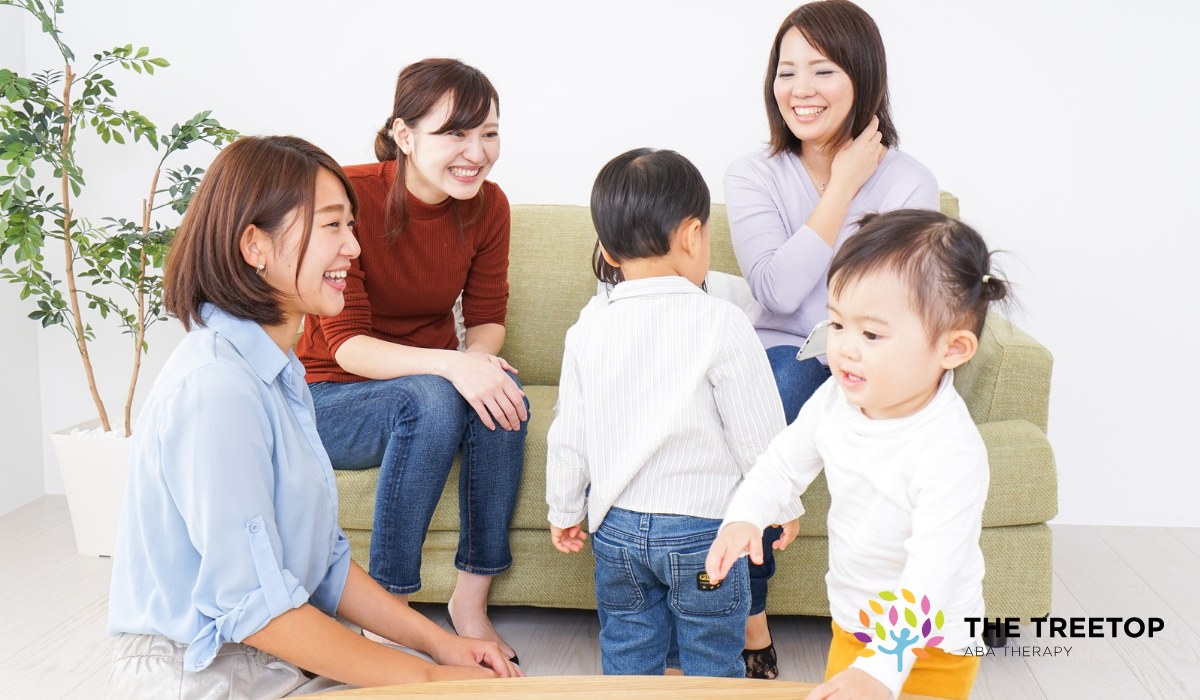Why Making Friends is Different for Kids With Autism

Written By:
Fact-checked By:
October 23, 2025
Making friends with autism can feel overwhelming. Find out why social connections are different for autistic children and how parents can guide.

Key Points:
- Social connections can feel overwhelming for autistic children due to unique challenges with communication, play, and social understanding.
- Parents can guide children by modeling social skills, encouraging shared interests, and providing supportive environments.
- ABA therapy can help strengthen social interactions through structured teaching, reinforcement, and real-world practice.
Friendship is one of the most rewarding parts of childhood. For many kids, making friends happens naturally on the playground, in classrooms, or during after-school activities. But for children with autism, these same situations can feel confusing, overwhelming, or even stressful. Understanding why building friendships is different for autistic kids is the first step in helping them form meaningful, lasting bonds.
This article explores the reasons social connections unfold differently for autistic children, the role parents can play in guiding them, and how therapies like ABA can support these skills in real life.
The Unique Social World of Autistic Children
Children on the autism spectrum experience the world in a way that is often deeply different from their peers. This includes how they interpret language, emotions, and unspoken social rules. While most children intuitively “pick up” on cues like tone of voice or body language, autistic children may not notice or may interpret them differently.
This doesn’t mean autistic children don’t want friendships. In fact, many crave connection, but they may need help navigating the steps that others take for granted. Understanding these differences helps parents, teachers, and caregivers create a supportive environment where friendships can grow.
Why Friendship Development Can Be Challenging
Every child has their own set of strengths and challenges, but certain themes often show up for children with autism when it comes to making friends. Below are some of the most common reasons.
1. Communication Differences
Communication goes far beyond spoken words. Autistic children may use language differently or find back-and-forth conversation difficult. For example, they may prefer talking about a favorite subject in detail rather than switching topics. While this reflects genuine passion, it can sometimes leave peers unsure how to engage.
2. Reading Social Cues
Eye contact, gestures, and subtle changes in tone are all part of social communication. Autistic kids may miss these cues or misinterpret them, making it harder to “read the room.” This can lead to misunderstandings, even when the child wants to connect.
3. Play Preferences
Some children with autism prefer structured, repetitive play rather than imaginative group activities. On a playground, this difference can create a gap between how autistic children want to play and how their peers expect to play.
4. Sensory Sensitivities
Bright lights, loud noises, or busy environments can feel overwhelming. When a child avoids certain social settings due to sensory discomfort, opportunities for making friends naturally decrease.

The Role of Parents in Guiding Friendships
Parents play a powerful role in helping their children develop social relationships. While it may take extra steps, guiding your child through the process of friendship can also strengthen your bond with them.
Here are some practical strategies parents can use to support their child’s social journey:
- Model Social Skills: Children often learn by observing. When parents demonstrate greetings, polite turn-taking, and how to respond to others, children have a real-world example to follow. Autistic children benefit from seeing these interactions broken down clearly.
- Encourage Shared Interests: Many autistic children thrive when friendships are based on mutual hobbies. Whether it’s building Lego sets, playing video games, or exploring science, shared interests create natural opportunities for connection.
- Provide Structured Social Opportunities: Playdates with clear routines, small group activities, or one-on-one interactions can feel less overwhelming than large, unstructured gatherings. These environments allow autistic children to practice social skills in a more predictable setting.
- Teach Coping Skills for Overwhelm: Social interactions can be draining. Parents can help children recognize when they need a break and teach calming strategies—like deep breathing or using a quiet space—so they can rejoin activities without feeling defeated.
Practical Skills That Help Autistic Kids Make Friends
While every child learns at their own pace, there are specific skills that can make forming friendships easier for autistic kids. ABA therapy and guided practice at home can both be helpful in developing these areas.
Key friendship-building skills for autistic children:
- Initiating Conversation: Learning how to start a conversation—whether it’s by saying hello, asking a question, or making a comment—can open doors to connection. These moments may seem small, but they are often the foundation of friendships.
- Understanding Turn-Taking: Games, conversations, and group activities all require turn-taking. Practicing these skills in structured settings can help autistic children apply them in natural play environments.
- Recognizing Feelings: Being able to notice when a peer is happy, sad, or frustrated helps children respond with empathy. Role-playing emotions at home can make it easier for kids to recognize them in real life.
- Problem-Solving Conflicts: Disagreements are part of any friendship. Teaching simple steps like “stop, listen, and respond calmly” can give autistic children tools to navigate conflicts without feeling overwhelmed.
- Flexibility in Play: Learning to adjust when others have different ideas for play is an important part of building relationships. Structured practice in “shifting gears” can help children adapt more easily.
How ABA Therapy Supports Social Growth
Applied Behavior Analysis (ABA) is often used to support children with autism in building social and communication skills. At Treetop ABA Therapy, structured programs are designed to meet each child where they are and help them move step by step toward stronger friendships.
ABA therapy can help in ways such as:
Breaking Down Social Tasks
Skills like greeting a peer or joining a game can be taught in small, achievable steps so children don’t feel overwhelmed.
Using Positive Reinforcement
Encouraging efforts with praise or rewards helps children feel motivated to practice social skills consistently.
Creating Real-Life Practice Opportunities
Therapy often includes role-playing, group activities, and guided play to help children apply skills outside the therapy room.
Collaborating with Parents
Parents are coached on how to support social skill development at home and in community settings, ensuring progress continues beyond sessions.
Helping Your Child Build Connections
Making friends may look different for children with autism, but with guidance, support, and practice, meaningful relationships are possible. Parents can play an active role by modeling, teaching, and creating opportunities for connection, while therapies like ABA provide structured learning and practice.
At Treetop ABA Therapy, we specialize in helping children with autism strengthen communication, play, and social skills. If you’re ready to give your child the tools to build lasting friendships, reach out to us today. We offer ABA therapy in Oklahoma, Arizona, Colorado, Georgia, and New Mexico and are here to support your family every step of the way.
Similar articles
Reaching New Heights With The TreeTop ABA Therapy
Our mission is to help improve the lives of children with ASD and their families with home and community based ABA therapy.

